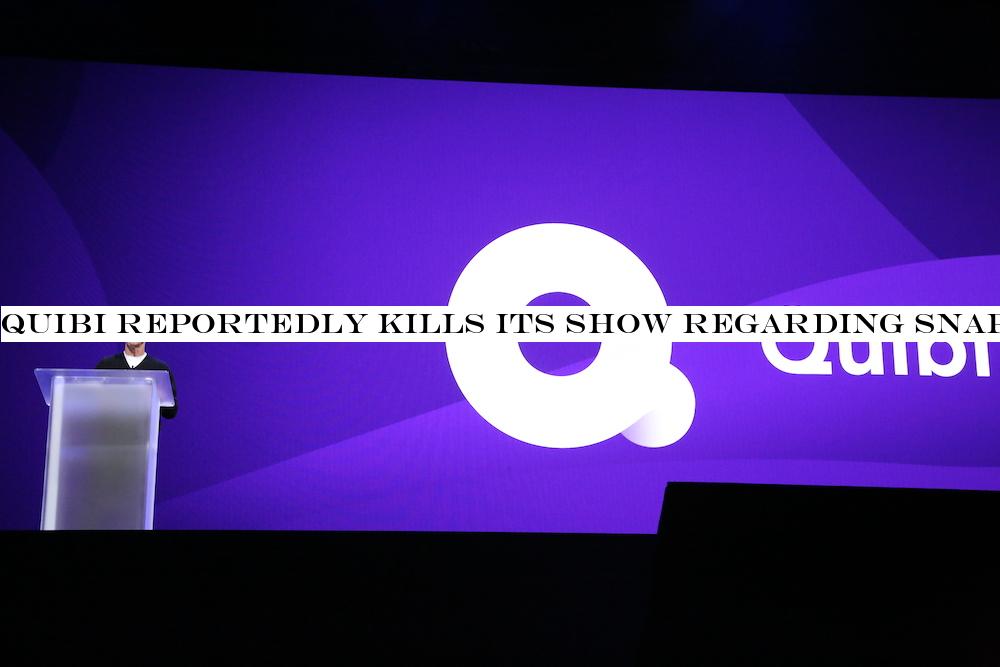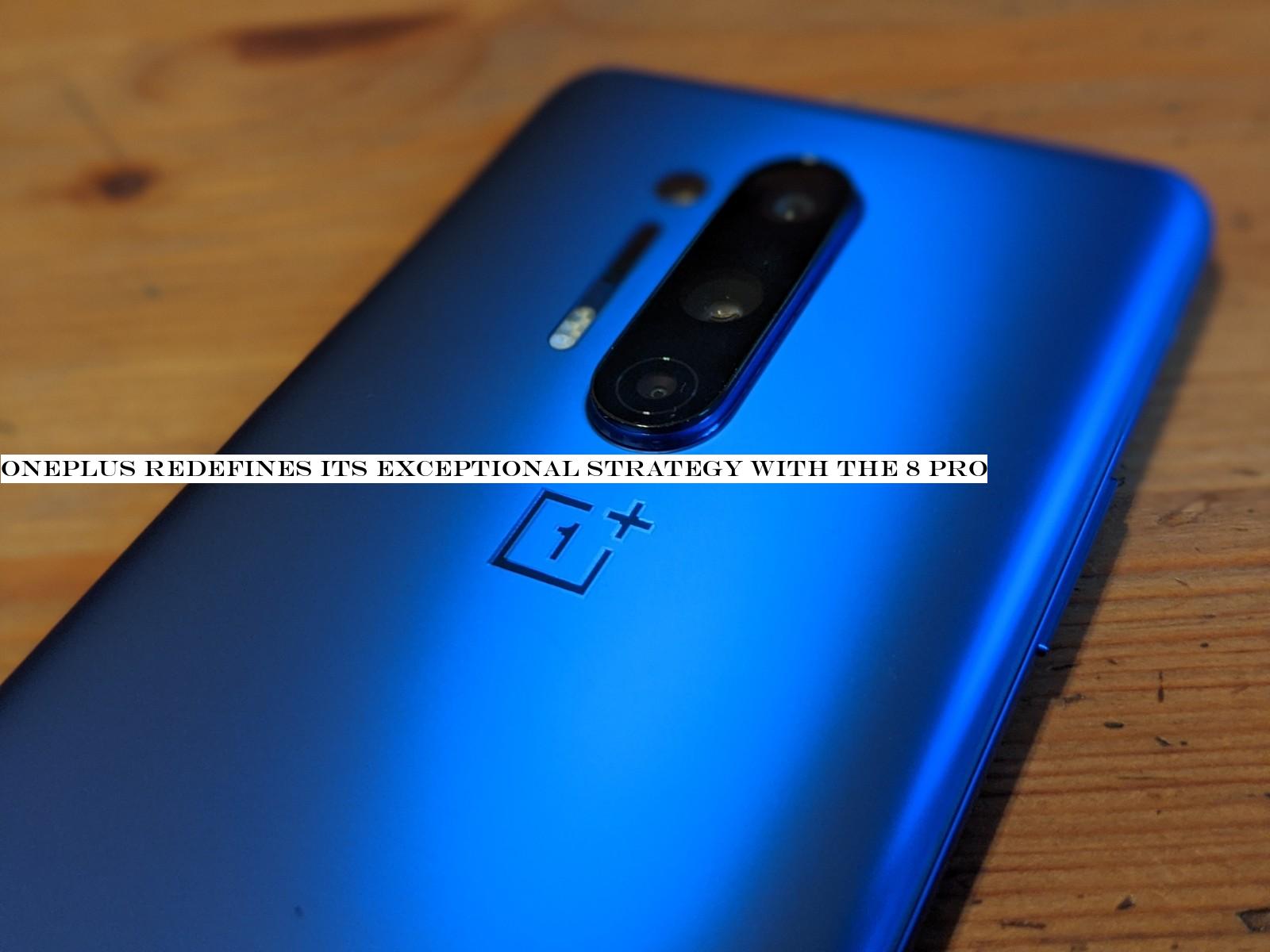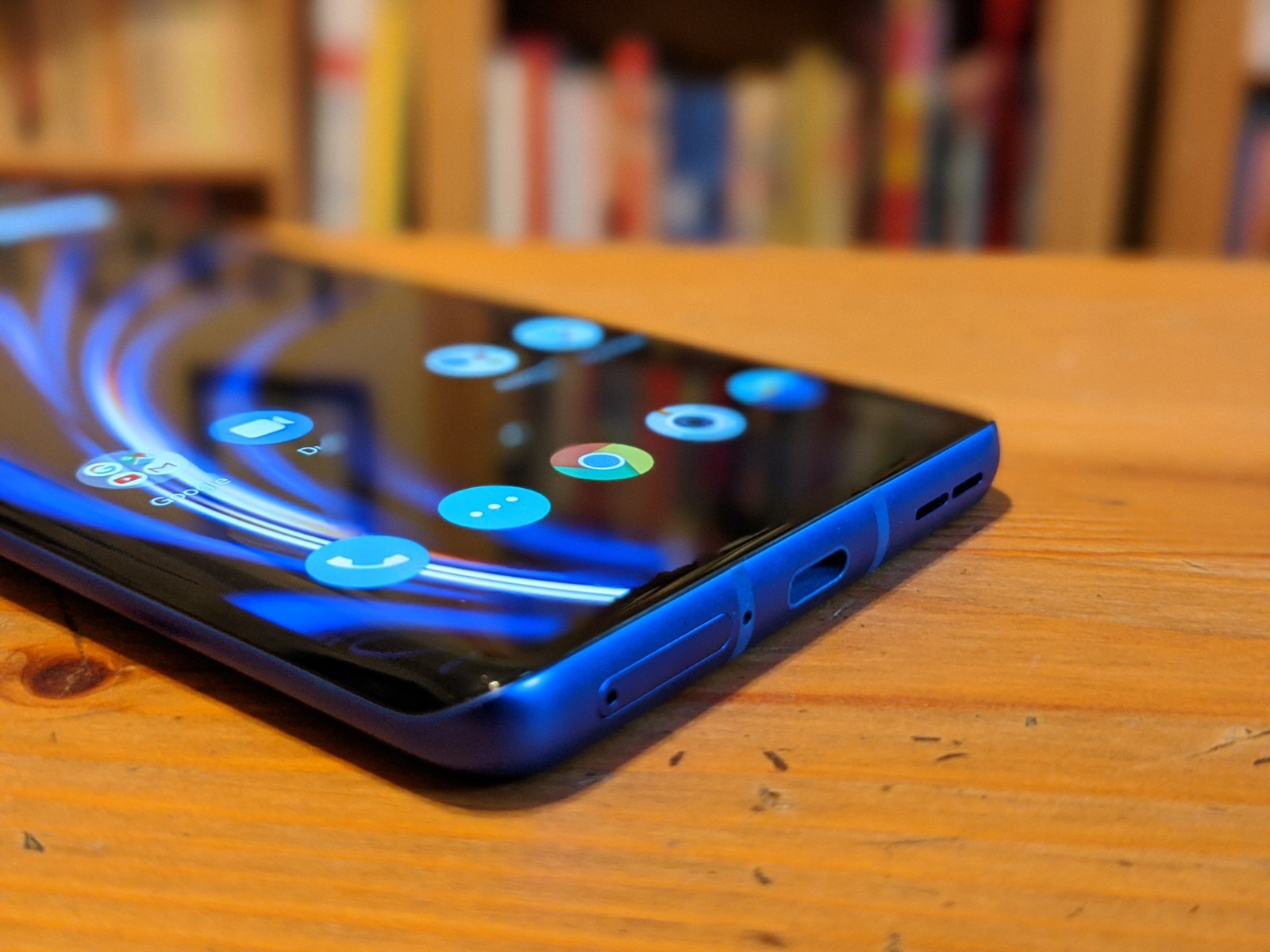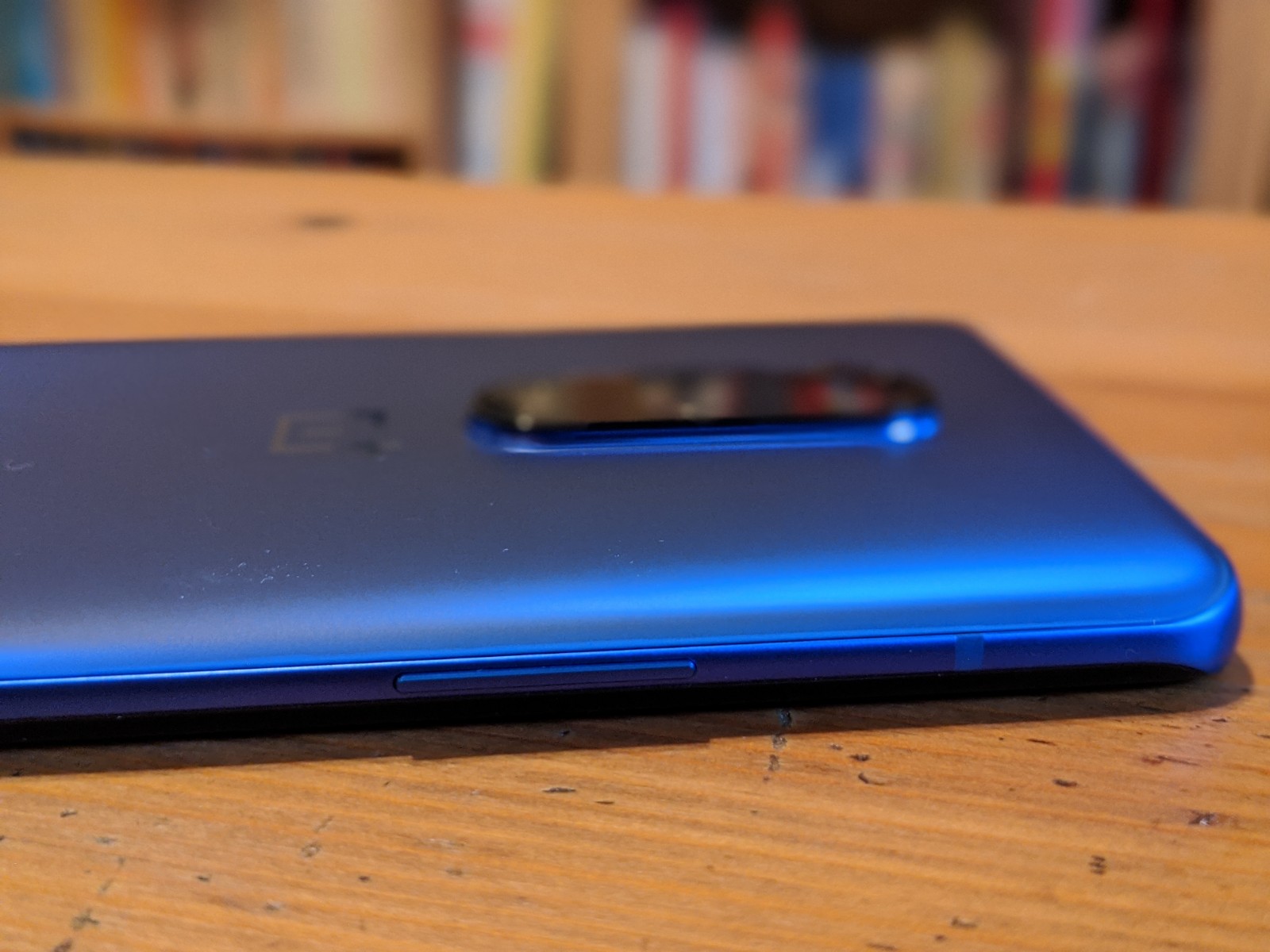Music
Trailers
DailyVideos
India
Pakistan
Afghanistan
Bangladesh
Srilanka
Nepal
Thailand
Iraq
Iran
Russia
Brazil
StockMarket
Business
CryptoCurrency
Technology
Startup
Trending Videos
Coupons
Football
Search
Download App in Playstore
Download App
Best Collections
Technology
Amazon fires two employees who criticized the companyCOVID-19 response, Google may be creating its own chips to use in Pixel phones and more details emerge about Apple and Googlecontact tracing plan. Hereyour Daily Crunch for April 14, 2020.
1. Amazon fires two more employees who were openly critical of working conditions during pandemic
Two additional employees who were publicly critical of Amazonwarehouse conditions amid the COVID-19 pandemic have been fired by the company. Those employees — UX designers Emily Cunningham and Maren Costa — were also members of Amazon Employees for Climate Justice, an organization of employees &who believe itour responsibility to ensure our business models don&t contribute to the climate crisis.&
Amazon has pushed back against the notion that the employees were fired expressly due to their criticisms of its treatment of workers during the pandemic. But, at the very least, the optics are less than ideal.
2. Google said to be preparing its own chips for use in Pixel phones and Chromebooks
Axios reports that Google is readying its own in-house processors for use in future Pixel devices, including both phones and eventually Chromebooks, too. The in-house chip is apparently code-named Whitechapel, and itbeing made in collaboration with Samsung.
3. Q-A: Apple and Google discuss their coronavirus tracing efforts
On a media call, Apple said it will roll out the feature update to the broadest number of iOS devices as possible — more than three-quarters of iPhones and iPads are on the latest version of iOS 13 and will receive the update. Google said it will update Google Play Services with the feature so that the contact tracing system can run on the entire fleet of Android devices running Android 6.0 or newer.
4. Reddit announces updates, including a new subreddit, to increase political ad transparency
Reddit announced an update to its policy for political advertising that will require campaigns to leave comments open on ads for the first 24 hours. The platform also launched a new subreddit, r/RedditPoliticalAds, that will include information about advertisers, targeting, impressions and spending by each campaign.
5. Venture capitalists chat edtechnew normal after COVID-19
TechCrunch asked top investors in the space for their predictions on whatahead once life resumes to its new normal. One investor mentioned how in March, they spent a third of their time in edtech — now, they&re spending almost all their time vetting startups there. (Extra Crunch membership required.)
6. Nintendo Switch update adds ability to transfer game downloads to SD card
Previously, Switch owners had few options if their console ran out of storage space. With the update, if storage is running low, a person can transfer a game directly to an SD card.
7. UK tech job vacancies fall 31% in less than 4 weeks, according to job site data & so who is still hiring?
According to numbers shared exclusively with TechCrunch from job sites Adzuna (which also powers the U.K. government&Find a job& service and provides data to No. 10) and WorkinStartups, tech hiring activity amongst 100 of the U.K.top tech companies has fallen 31% in the last month.
The Daily Crunch is TechCrunchroundup of our biggest and most important stories. If you&d like to get this delivered to your inbox every day at around 9am Pacific, you can subscribe here.

- Details
- Category: Technology Today
Read more: Daily Grind: Amazon fires 2 workers who criticized storage facility conditions
Write comment (100 Comments)With a lot of towns instituting shelter-in-place orders to restrict how people physically interact in order to slow down the spread of the novel coronavirus, fitness has come into its own.
In places where people are still allowed outdoors to exercise, we&ve seen an explosion of independent exercising like walking, running and cycling — often in conflict with each other, if my Facebook community board is anything to go by — to get the most out of being allowed outdoors. And in cases where people are remaining indoors, figuring out exercise regimes within our four walls has become a way to stave off boredom, to offset the cessation of our normal gym or sports routines or just to stay in shape in our newly extra-sedentary lives.
In that context, a startup called Aaptiv— a Netflix-style app-based business that connects people to a range of trainer-led indoor and outdoor fitness and wellness sessions that they can do on their own, usually without any special equipment — is today announcing that it has raised some funding from one of its big investors, Insight Partners, on the back of a recent surge in business.
Founder and CEO Ethan Agarwal says the the number ofpeople using the service during the novel coronavirus outbreak has spiked, with organic traffic in the last month up 100% and engagement with content up 200%. Aaptiv has now passed 30 million classes consumed on its platform (up from 22 million in May last year). The company, like many startups, is not yet profitable but is coming close to breaking even.
The new infusion of funding will be used to continue expanding a new Enterprise channel that Aaptiv recently launched to provide classes via API on other platforms. Aaptivpartners include FitReserve, Weight Watchers and Audible (Amazon, owner of Audible, is one of Aaptivinvestors), and the list is growing.
We asked, but Agarwal said that Aaptiv is not disclosing the amount of the investment, nor its valuation.
&I don&t want my companyperformance or success measured by those numbers,& he noted earlier today in an interview. &Itnot how we are thinking about the company.&
That could mean the round or valuation are not huge; or it could mean that they are so large that they would distract from the companyproduct news, so not much to read into that. Insight Partners& Thilo Semmelbauer, who sits on the board of the company, was equally quiet on the numbers.
&Crossing 30 million classes is a big milestone, and we&ve been excited to see the interest from corporates increase substantially in recent months,& he told TechCrunch. &The round is specifically for launchingAaptivcorporate offering to capitalize on such strong global interest. As the company is nearing break-even we aren&t disclosing the figure at this time.&
Insight earlier this month disclosed that it had raised a whopping $9.5 billion for a new fund, with a mission to support existing portfolio companies through these complicated COVID-19 times.
For some more context, Aaptiv has raised more than $60 million to date, and in its last round — the $22 million Series C in 2018 that included Amazon — Aaptiv was valued at $200 million. Last year, we noted that the startup was talking to potential acquirers to be sold for what we understand from a close source to be a &nine-figure& (hundreds of millions of dollars) price.
It was, in fact, those M-A conversations that led the company to deciding to build the enterprise tier and walking away from a possible exit for now.
&What was the point of selling if we could build a bigger business by making Aaptiv available to multiple companies,& said Agarwal.
Agarwal said that now Aaptiv is getting inbound interest from &multiple verticals& for its B2B2C offering, including businesses that want to integrate Aaptiv into their employee wellness programs, companies whose core business model — for example, FitReserve providing carnets of passes for in-person fitness or related classes — has been completely stalled by the coronavirus, and others that might benefit from providing more fitness and wellness services to their users.
The company started out life by connecting a network of trainers to users through a series of on-demand classes. Last year, however, it made a small pivot of sorts when it launched an AI-based service called Coach that aimed to provide workouts and other suggestions more tailored to your specific abilities and interests and goals: not replacing the human trainers, but augmenting them.
Along with that shift, Aaptiv laid off an unspecified number of trainers. Today, it has 20 on staff, Agarwal said, and has no plans to change that model with a move into, for example, an all-AI platform, or building a fitness marketplace where any trainer could sign up to offer classes.
&Part of the reason we are so successful is because itnot that easy to create these classes,& he said. &We, and the trainers, put a lot of time, effort and energy into building them.&

- Details
- Category: Technology Today
Read more: Health and fitness app Aaptiv raises from Insight Partners, releases Enterprise network
Write comment (95 Comments)Apple is providing a data set derived from aggregated, anonymized information taken from users of its Maps navigational app, the company announced today. The data is collected as a set of &Mobility Trends Reports,& which are updated daily and provide a look at the change in the number of routing requests made within the Maps app, which is the default routing app on iPhones, for three modes of transportation, including driving, walking and transit.
Apple is quick to note that this information isn&t tied to any individuals, as Maps does not associate any mobility data with a userApple ID, nor does it maintain any history of where people have been. In fact, Apple notes that all data collected by maps, including search terms and specific routing, is only ever tied to random rotating identifying numbers that are reset on a rolling basis. This anonymized, aggregated data is collected only to provide a city, country or region-level view, representing the change over time in the number of pedestrians, drivers and transit-takers in an area based on the number of times they open the app and ask for directions.
As far as signals go for measuring the decrease in outdoor activity in a given city, this is a pretty good one, considering Appleinstall base and the fact that most users probably don&t bother installing or using a third-party app like Google Maps for their daily commuting or transportation needs.
The data is available to all directly from Applewebsite, and can be downloaded in a broadly compatible CSV format. You also can use the web-based version to search a particular location and see the overall trend for that area.
For an individual, this is more or less a curiosity, but the release of this info could be very useful for municipal, state and federal policy makers looking to study the impact of COVID-19, as well as the effect of strategies put in place to mitigate its spread, including social distancing, shelter-in-place and quarantining measures.
Apple has also announced that itworking with Google on a new system-level, anonymized contact tracing system that both companies will first release as APIs for use by developers before making them native built-in features that are supplemented by public health agency applications and guidance. Apple seems particularly eager to do what it can to assist with the ongoing COVID-19 crisis, while still striving to ensure that these measures respect the privacy of their individual users. Thata hard balance to strike in terms of taking effective action at a population level, but Applereach is a powerful potential advantage to any tools it provides.

- Details
- Category: Technology Today
A court in Nanterre, France, has ruled that Amazon should greatly restrict orders in France in the coming weeks. According to the decision that AFP and a union have obtained, Amazon can only accept orders of groceries, hygiene and health-related products.
The company has 24 hours to comply or it&ll have to pay a fine of €1 million per day.
Since the coronavirus pandemic-induced lockdown started in France, Amazon has already been &prioritizing& essential items over non-essential ones. It means that if you order a video game on Amazon, it might take a week or more to show up at your home.
But all six fulfillment centers in France are still operating as usual as of today. Last month, Mediapart shared audio recordings of Amazon executives saying that they haven&t been doing enough to protect warehouse workers — it has been particularly hard to respect social distancing for instance.
Since then, at least one Amazon employee has been diagnosed with coronavirus in France. A union (Sud Solidaires) referred to a court, asking Amazon to shut down its warehouses altogether in order to protect employees.
The court has ruled that Amazon can&t keep operating as usual under these circumstances. But the company can still accept orders of essential items. It has to overhaul its operations if it wants to accept more orders going forward.
According to Le Parisien, the decision will remain valid for up to one month, pending a review of COVID-19-related risks. The court could decide to extend the restrictions.

- Details
- Category: Technology Today
Read more: Amazon.com needs to limit orders in France complying with court decision
Write comment (98 Comments)
Newly launched mobile streaming service Quibi is killing one of its more highly anticipated series — a show depicting Snapchatorigin story, focused on founder Evan Spiegel. The news was exclusively reported by Variety on Tuesday, which did not detail the source of its news.
Plans for the Snapchat show were first announced at SXSW in 2019, when Quibi founder Jeffrey Katzenberg and CEO Meg Whitman took the stage to talk about their plans for the new streaming service and its unique technology for mobile viewing.
The Snapchat series was to be based on the screenplay &Frat Boy Genius& by Elissa Karasik, which had depicted Spiegel as a hard-partying Stanford student, according to a review of the much-hyped script by Vulture.
&It is the story of how [Spiegel] built and created Snapchat, which is one of the great social platforms of our time,& touted Katzenberg, at the event. &And we want to tell a story that is as compelling and interesting about the creation of Snapchat and Evanstory as ‘[The] Social Network& was for Facebook,& he added.
The show was meant to appeal to Quibitarget audience of young, on-the-go millennials and Gen Z users who were looking to watch short-form videos while out and about — for example, while riding the subway, waiting for an appointment, standing in line and more.
However, Quibi launched its service at a time when its users are no longer running around town. These days, everyone is sheltering in place amid the COVID-19 pandemic. And real-world activities are canceled, so therenothing much to do but go for walks or stream Netflix.
Quibilaunch-day downloads had indicated a lack of pent-up demand for the mobile service, topping only around 300,000 after the first day.
However, in an interview with CNBC, Quibi CEO Meg Whitman has since confirmed the appfirst-week downloads have now reached 1.7 million. But these installs were boosted by a high-profile partnership between Quibi and T-Mobile, which is offering the service for free for a year to its unlimited wireless customers on family plans.
Whitman also said Quibi was accelerating its plans to add support for casting features that would allow Quibi content to play on televisions.
The company had earlier confirmed at CES in January that AirPlay and Chromecast were on its roadmap, but the COVID-19 pandemic has changed Quibiplans. People today are watching movies and TV at home on their big TV screens, and may not be looking for &quick bites& of video they can binge in a few minutes& time.
Quibi and Snapchat have been asked for comment. We&ll update if any are provided.
- Details
- Category: Technology Today
Read more: Quibi reportedly kills its show regarding Snapchat's founding
Write comment (98 Comments)As recently as a year or two ago, the idea of a $900 starting price for a OnePlus device would have seemed, at best, fanciful. The company built a name for itself with a series of flagship quality devices at a mid-tier price point. It was a smart approach that served the company well, carving a solid niche for itself even amid a saturated and stagnant market.
But as the market has changed, so too has OnePlus. One of the more pronounced signs of the companygrowth over the past half-dozen years is an increasing interest in the higher end of the market. It has been a slow evolution. First the company rethought its longstanding approach of holding off on cutting-edge technologies, and then last year it introduced a Pro tier to its device line.
The latter, in particular, opened the line to a real premium category, and today it delivered on the promise with the introduction of the OnePlus 8 and 8 Pro, starting at $699 and $899, respectively. The Pro comes in two configurations, with 8GB of RAM and 128GB of storage or 12GB/256GB (the same as you&ll find on the standard 8), with the higher end running an extra $100.

Thatchump change compared to premium devices from the likes of Samsung and Apple, but itstill a new paradigm from the traditionally budget-minded OnePlus. Of course, you&re going to get a lot for that price — this is OnePlus, after all.
First, there5G. That was one of the trends OnePlus was more than happy to be among the first to jump on. It also was something we spent a lot more time talking about when we were still allowed outside. Which, honestly, makes this as good a time as any to point out that I&ve had the phone in my possession for a while, but am unable to do a proper review due to both my inability to leave the house and some of my own ongoing health issues.

What I will say, however, is that itone of the more striking devices I&ve seen in a while, due in no small part to a lovely — if largely unphotographable — blue finish. Up front is a massive 6.78-inch curved QHD+ display coupled with a 120 Hz refresh rate (that can be toggled down to 60Hz to save on battery — which is perfectly fine for most tasks).
In spite of the large screen, itstill held easily in one hand, courtesy of the elongated 19.8:9 aspect ratio. HDR Boost provides stronger color contrasts, along with 10-bit color for better accuracy. Ita combination that pops, making for a solid and well-rounded display at a price point thatplenty competitive with high-end devices.

Around back is an interesting take on the quad-camera design. Therea 48-megapixel main, 48MP ultra wide, a 3x optical zoom (for a total of an admittedly degraded 30x with help from digital) and a color filter camera. That last onea bit of an odd addition with some fairly niche uses, like the ability to add &artistic lighting effects and filters.& Not exactly the most useful application of a fourth rear-facing camera.
The handset is powered by the flagship-ready Snapdragon 865, along with a solid 4510 mAh battery that charges to 50% in less than half an hour. There are a handful of OnePluscustomary software add-ons as well, via the latest version of OxygenOS, including a new Dark Theme and various other visual touches.

It adds up to a handset that still feels like a bit of a bargain, in spite of being OnePlusmost expensive to date. It goes on sale April 29 through OnePlus, carrier sites and Amazon. The $699 OnePlus 8 will be available the same day.
- Details
- Category: Technology Today
Read more: OnePlus redefines its remarkable technique with the 8 Pro
Write comment (100 Comments)Page 980 of 1437

 12
12





